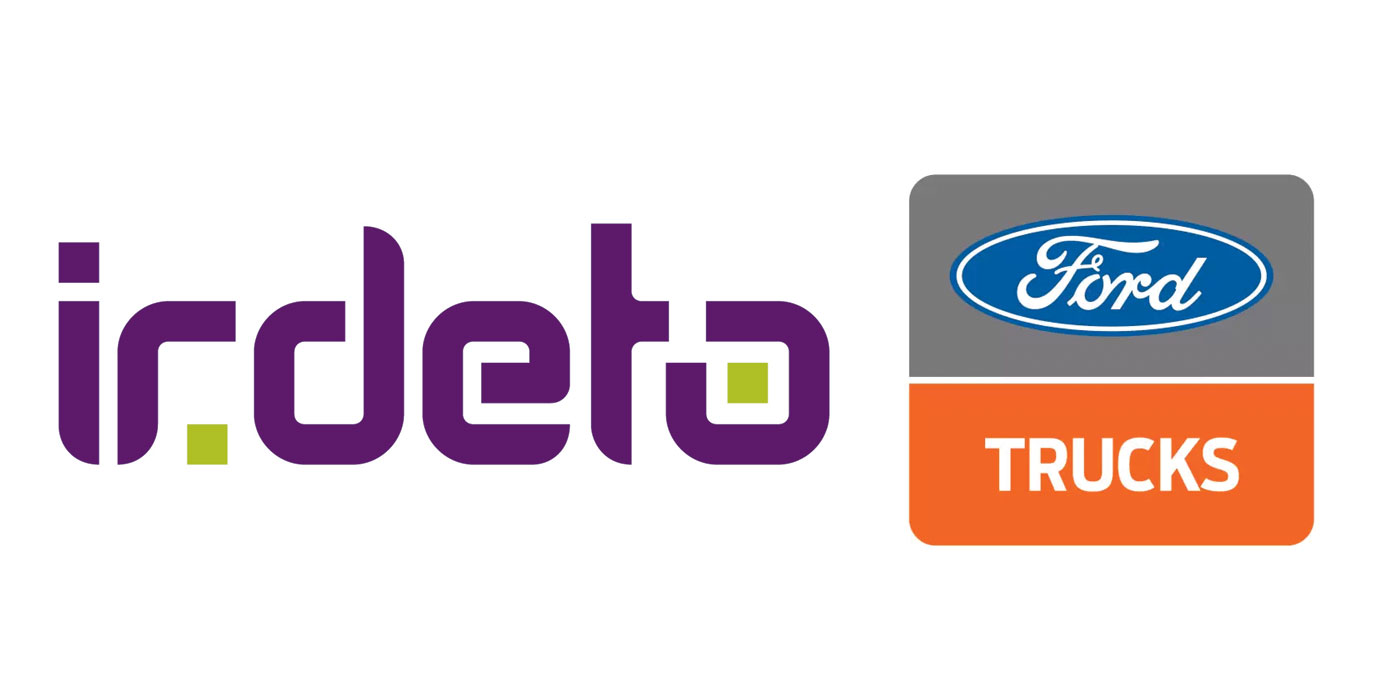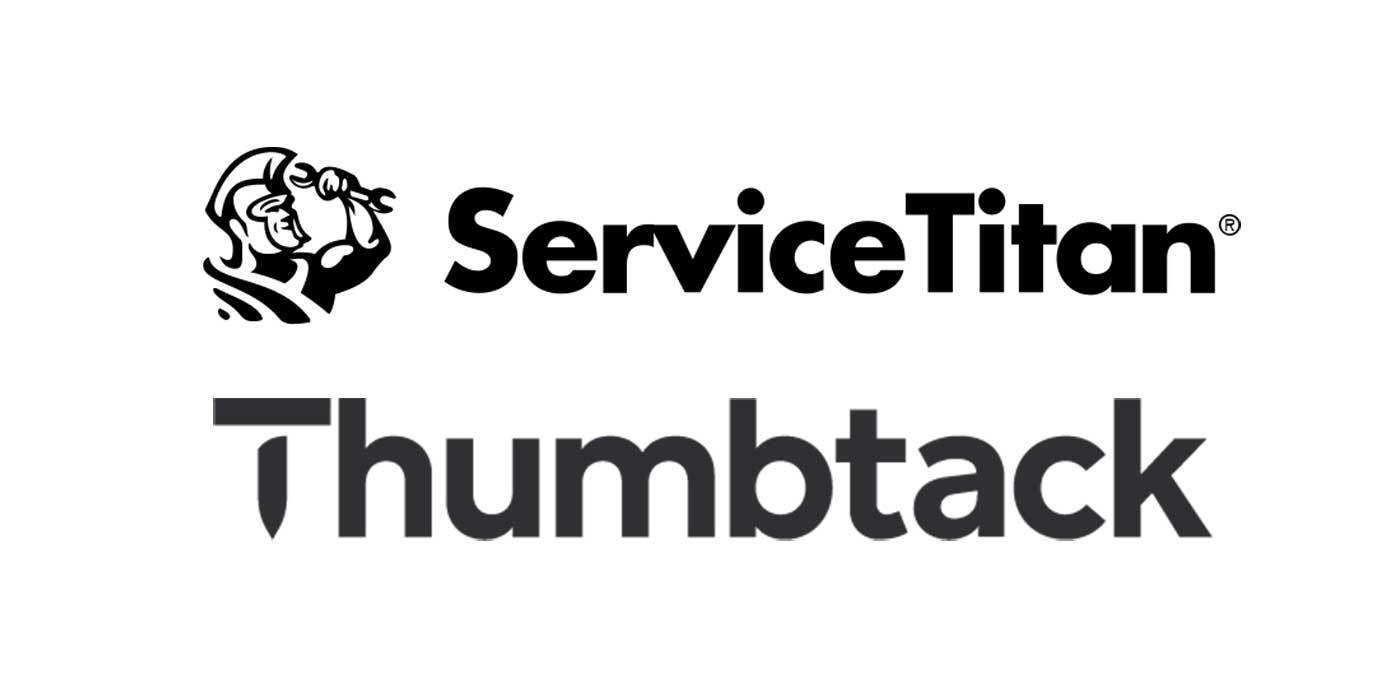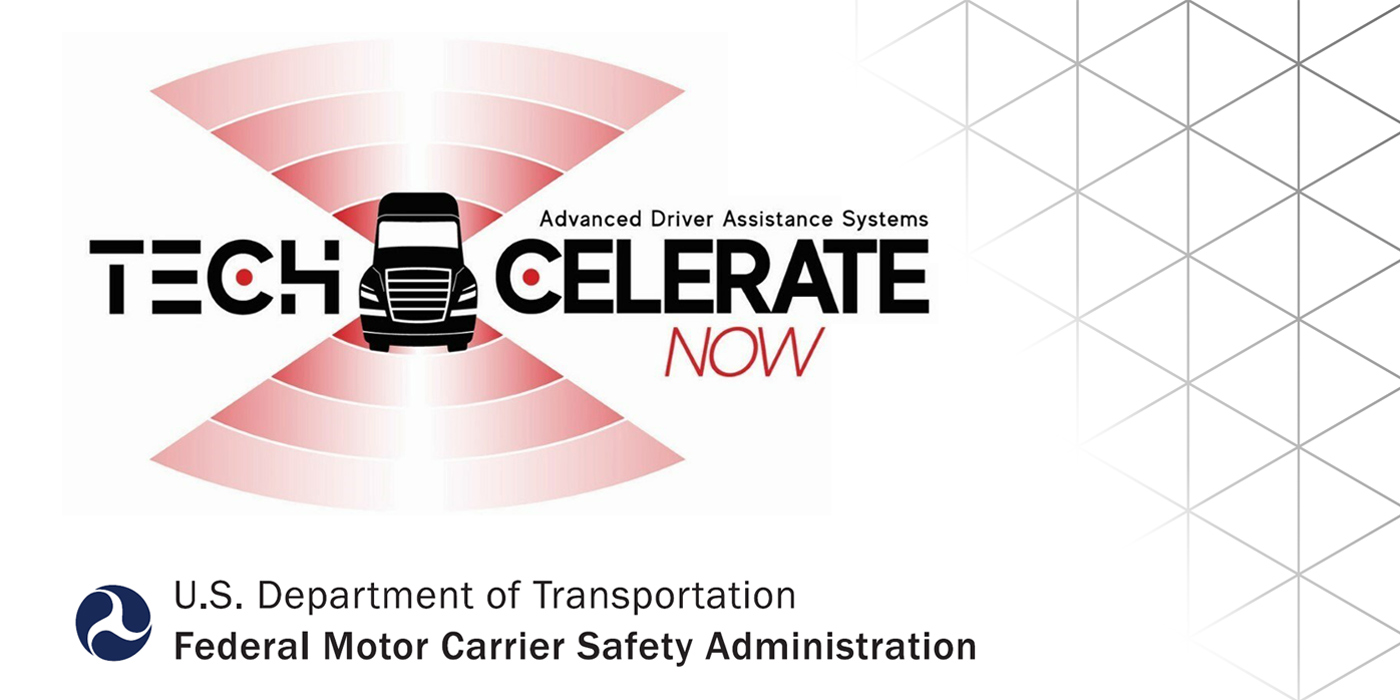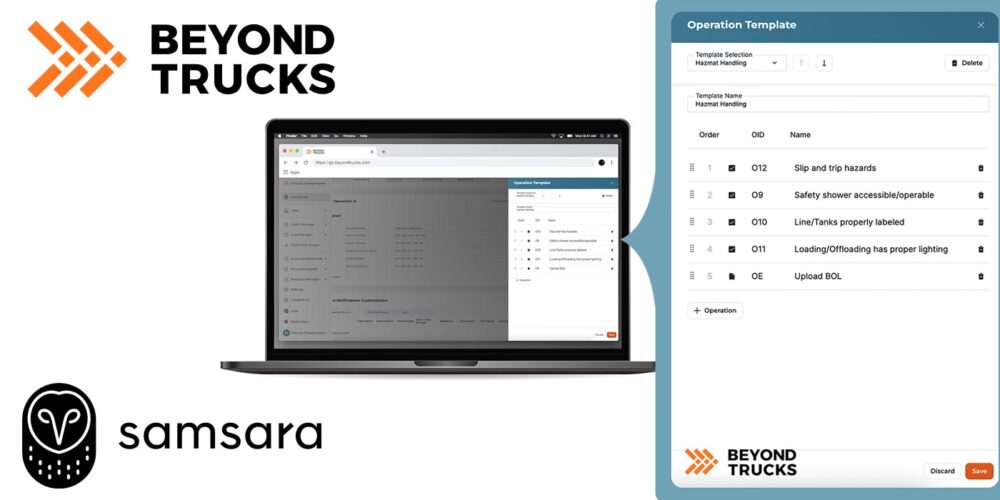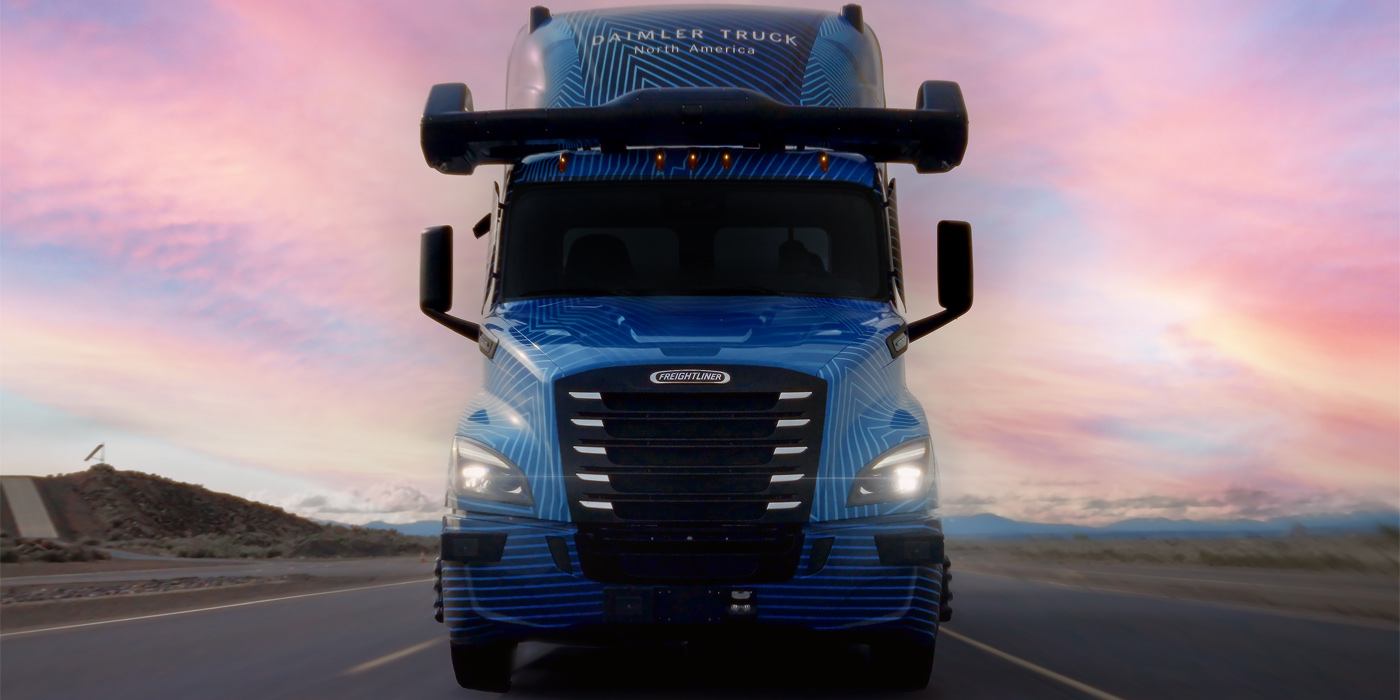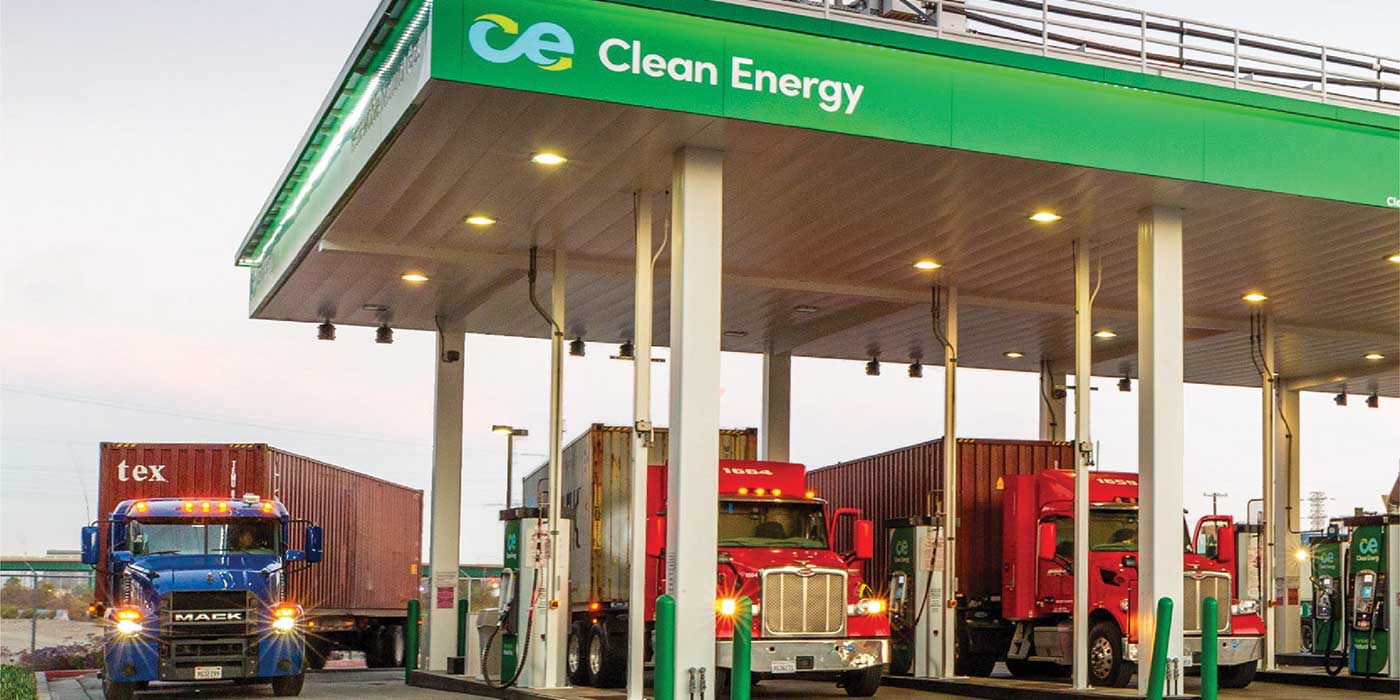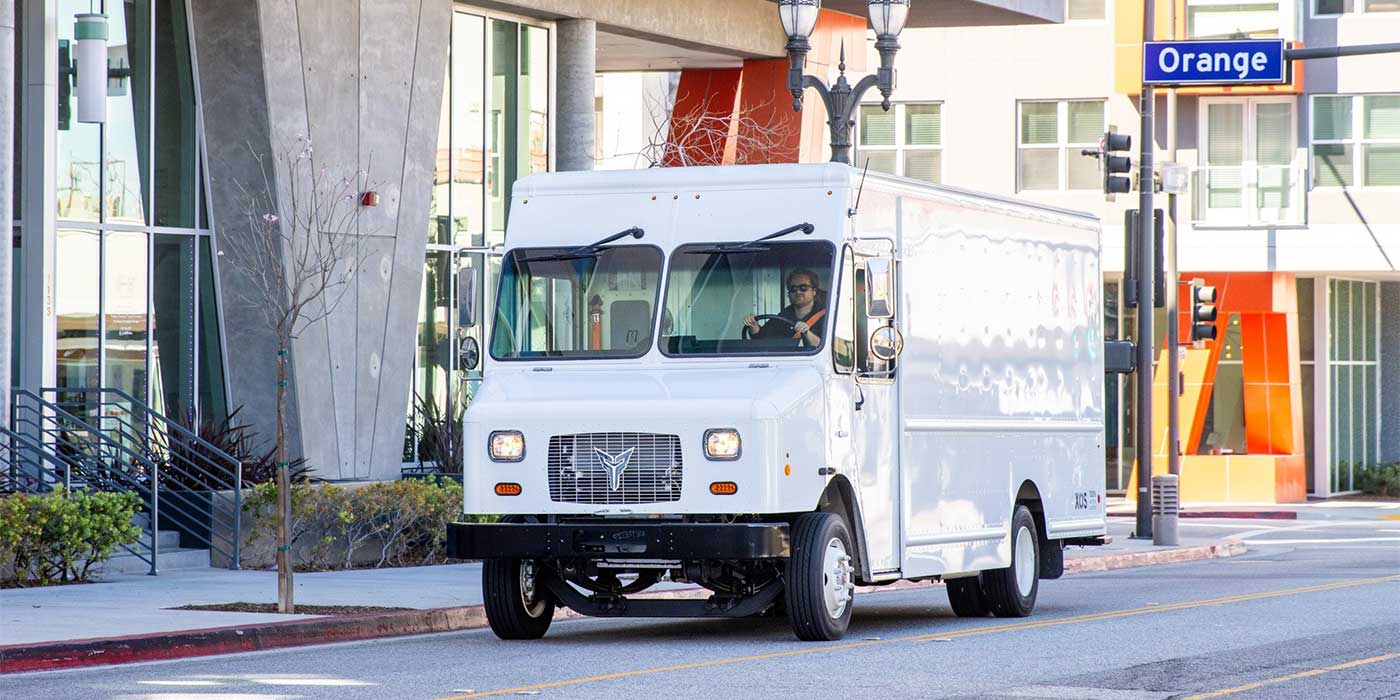In a recent online presentation dubbed “Hydrogen Day,” Cummins detailed its plans for hydrogen power development, confirming that the engine company sees hydrogen as one of the energy sources of the future.
The company has a several plants across the world producing hydrogen now, comprising 500 electrolyzer installations and 2,000 fuel cell installations worldwide.
“Cummins is ready for a world in which hydrogen production accelerates, and we’re well-positioned to drive this change forward,” said Tom Linebarger, chairman and CEO.

Linebarger added that green hydrogen, which is cultivated from wind, solar or other renewable sources rather than carbon, is key as many governments set ambitious carbon neutrality and zero emissions goals for their cities and countries.
“Without hydrogen being green it cannot be part of the solution as we move toward carbon neutrality,” he said. “While only 1% of hydrogen produced today is green, this is the future of hydrogen production.”
Cummins hydrogen offerings
Cummins has made news in the hydrogen space recently with two announcements: that it is jointly developing a hydrogen fuel cell-powered truck with Navistar; and its joint Nproxx venture for hydrogen storage tanks.
“Cummins is investing in a range of technologies to be well positioned throughout the hydrogen supply chain,” said Amy Adams, Cummins vice president of hydrogen and fuel cell technologies. “Our technology is unique and scalable, and we are selling into commercial applications today. Moreover, we are continuing to invest to increase our leadership position in the hydrogen ecosystem.”
The benefits and the challenges
Hydrogen power does, of course, have its upsides and its downsides, especially when compared with proven fuels such as diesel.
One advantage, according to Thad Ewald, vice president of corporate strategy at Cummins, is that compared to diesel or natural gas, hydrogen will be able to power a vehicle the same distance using less fuel.
“The biggest challenge is ensuring the availability and low cost of the hydrogen itself,” Ewald went on. “The reality is that hydrogen is much more expensive than diesel or natural gas, and there is a lot less of it.”
But, he said, costs are coming down.
Three key cost drivers, Ewald added, are energy prices, electrolyzer prices and distribution costs; these will be the keys to making hydrogen competitive with fuels such as diesel.
“On-board storage is a critical component, and hydrogen needs to be shrunk to fit in a smaller space,” he noted, adding that this is a goal of the Nproxx joint venture.
“Replacing diesel with hydrogen would require roughly doubling total electricity production from current levels,” said Amy Davis, vice president and president of new power at Cummins.
It’s hard to predict how long this will take to play out, Davis said, but Cummins does believe that it will happen.


